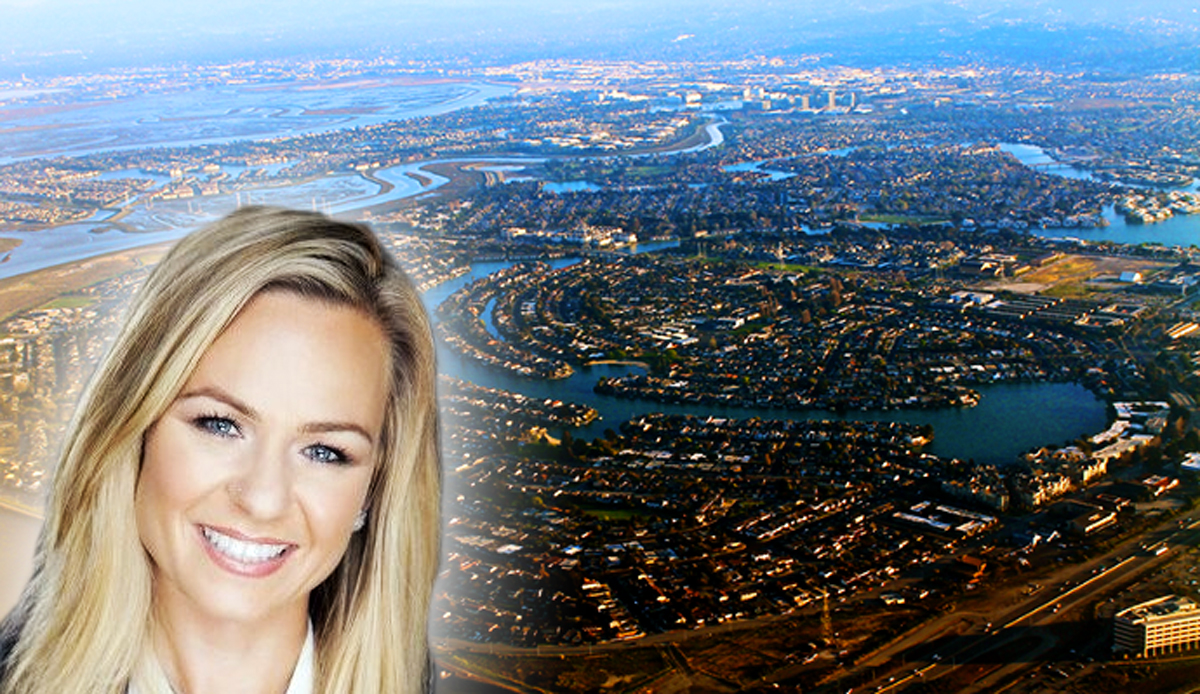Trending
Is buyer fatigue taking hold in Silicon Valley?
Absorption rates dropped, suggesting buyers are taking a step back

New sales figures suggest that buyers in Silicon Valley are taking a breather from home-buying.
Sales of homes under $1 million fell by 28 percent year-over-year in June. And sales above that grew by the smallest percentage seen over the last year, according to numbers from Pacific Union International, which were first reported by Forbes.
San Mateo and Santa Clara counties saw absorption rates decline by 6 and 11 percentage points compared to a year ago, suggesting to PUI chief economist Selma Hepp that “buyer fatigue” is setting in.
Absorption rate is a measure of sales compared to total inventory, so a lower percentage means fewer homes were sold in Silicon Valley in June 2018 than in June 2017. Breaking it down by segment, San Mateo’s bright spot was the $2-3 million range, which saw a 7-percent increase in absorption compared to a year ago.
In Santa Clara County, absorption dropped by double digits in segments below $3 million, and increased by 3 percentage points for properties above that price. When calculated together, the overall absorption rate in the county dropped by 11 percent. Hepp attributed it to the strong competition for homes, which can drive prices to double original asking prices.
Prospective buyers may be deciding to hold off until the market turns back in their favor.
“The reason I talk about buyer fatigue is 90 percent of homes are selling over asking price,” Hepp said. “I think buyers who have been unsuccessful in bidding on properties are taking a step back.”
The trend is somewhat reflected in Southern California, where sales slowed in June but inventory remained low. The median price in the Los Angeles-area market rose 7.3 percent in June year-over-year, to $536,250. The median sales price in the top 10 percent of the market grew by 5.3 percent, but sales in the segment dipped by 5.8 percent to 1,701 homes, according to Douglas Elliman. [Forbes] – Dennis Lynch




